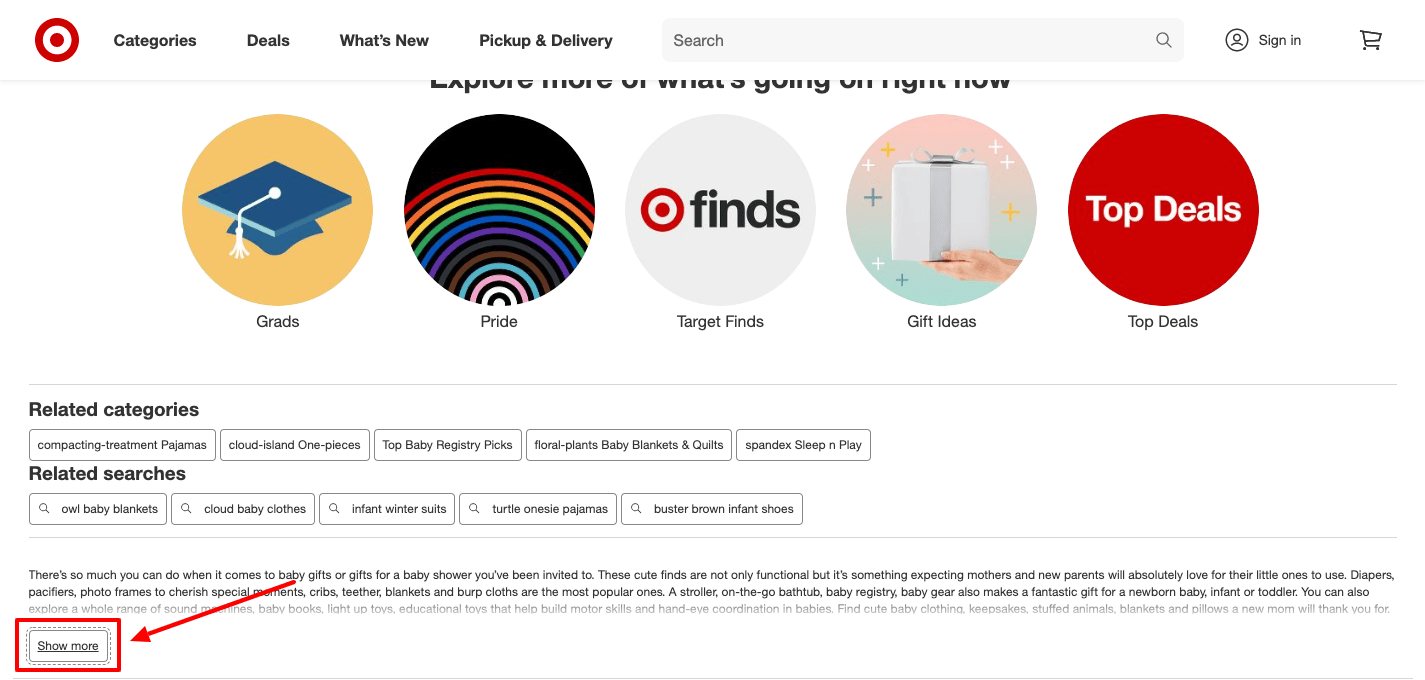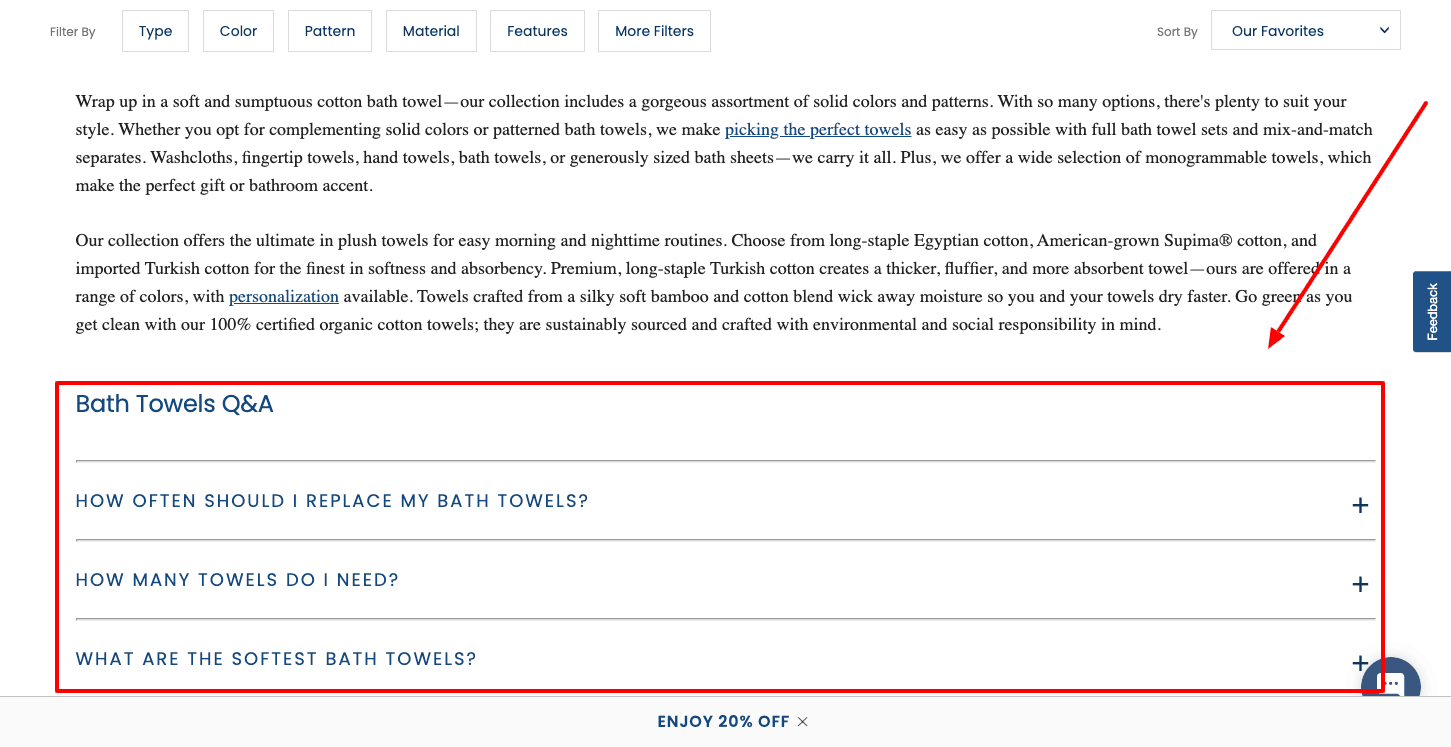

Which Is Better For Ecommerce: On-Page SEO Or Link Building?
source link: https://www.searchenginejournal.com/ecommerce-seo-onpage-vs-links/455403/
Go to the source link to view the article. You can view the picture content, updated content and better typesetting reading experience. If the link is broken, please click the button below to view the snapshot at that time.
Which Is Better For Ecommerce: On-Page SEO Or Link Building?
Should content or link building come first when working on ecommerce SEO? Mindy Weinstein shares her response in this Ask An SEO column.

Today’s Ask an SEO question comes from Taha in Chicago, who asks:
My question is on ecommerce SEO. Currently, I am working as an SEO Executive for an ecommerce brand. They have zero content on the site and their total backlink profile is around 1,000 links (which is nothing compared to competitors).
Which area should I focus on first in order to rank category pages? Should I go for the content and on-page optimizations or create backlinks to compete with my competitors’ profiles?
Taha, great question.
The short answer is: you should start with content and on-page optimization.
Now, let me give you the long answer, which applies to more than just the category pages you mentioned.
Start With On-Page SEO
Backlinks are important and we know they are part of the ranking algorithm.
However, you must have optimized content on the website so the search engines know what to rank your website for.
Below is a brief checklist on what to focus on in terms of on-page optimization before you start investing time in link building.
1. Determine Your Keywords & Themes
If you haven’t already, spend some time identifying your keywords.
Go from broad to narrow as you create your list, but keep in mind that relevancy is the most important consideration.
Even as you identify broad terms, though, they should still be targeted and relevant to your categories and products.
When I do keyword research, I like to brainstorm first and then expand my seed list using tools, such as Semrush, SE Ranking, or SpyFu.
Once I have built my list, I will then prioritize it, generally in three categories: Priority 1, Priority 2, and Priority 3.
You will need to assign keywords to the pages on your website, which is referred to as keyword mapping and will help you avoid keyword cannibalization.
After you have finished this process, it’s time to optimize your pages.
Keep in mind that it is common to have 2-3 primary keywords per page, and several secondary keywords.
Top Freelancers for Every Business
Fiverr Business gives your team the flexibility to expand in-house capabilities and execute every project by connecting with vetted freelancers for every skill set you need.
2. Optimize Your Pages
When you are optimizing your pages, focus on your title tags, heading tags (especially H1s), body text, and image alt attributes.
Even though the meta description doesn’t play much of a role in ranking, you should optimize it as well.
There are best practices to follow when optimizing, which you can find in The Complete Guide to On-Page SEO.
Here’s a pro tip: Use Google Search Console to identify if the search engine is already recognizing your pages for relevant queries.
The Performance Report in Google Search Console will show you the queries for each page.
If any of these queries look like good keywords, or maybe they’re already on your list, focus on those keywords when optimizing the associated page.
You might update the page title and/or H1 to include the keyword(s).
You might even look for opportunities to weave the keywords into the body text more, but don’t ever stuff keywords. The content should read naturally.
3. Add Relevant Content
Adding optimized content is critical no matter the type of website – and ecommerce is no exception.
Since you mentioned category pages in your question, I will focus on recommendations for that type of content.
First and foremost, know that category pages present a lot of opportunity to add text.
However, a lot of companies are hesitant about adding too much text on category pages because they believe it will take away from the shopping experience.
The good news is there are creative ways to add optimized text without being too intrusive.
Target.com provides a good example.
The following is a screenshot of the Baby Gifts category.
When you scroll to the bottom of the page, you can see optimized text with an expendable option (i.e. Show More).

TheCompanyStore.com provides another example of category content that also includes FAQs.

In both examples provided, a website visitor can still easily scroll through the products as they make their way down the page.
The content contained toward the bottom of the page is good for optimization purposes, but also helpful to the visitor.
Review + Refine
One final note: After you have optimized your pages, always be on the lookout for opportunities to improve.
That is where the pro tip I provided can help.
Be in the habit of monitoring the performance of your pages and make updates, as needed.
More resources:
Featured Image: Andrey_Popov/Shutterstock
Editor’s note: Ask an SEO is a weekly SEO advice column written by some of the industry’s top SEO experts, who have been hand-picked by Search Engine Journal. Got a question about SEO? Fill out our form. You might see your answer in the next #AskanSEO post!
Recommend
About Joyk
Aggregate valuable and interesting links.
Joyk means Joy of geeK